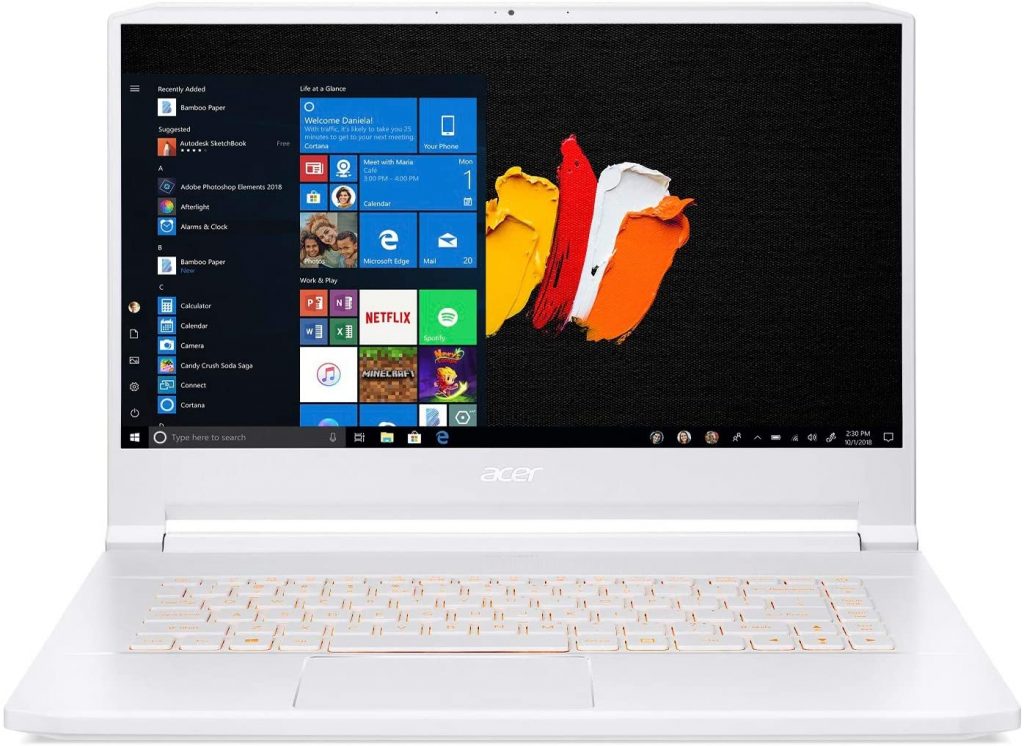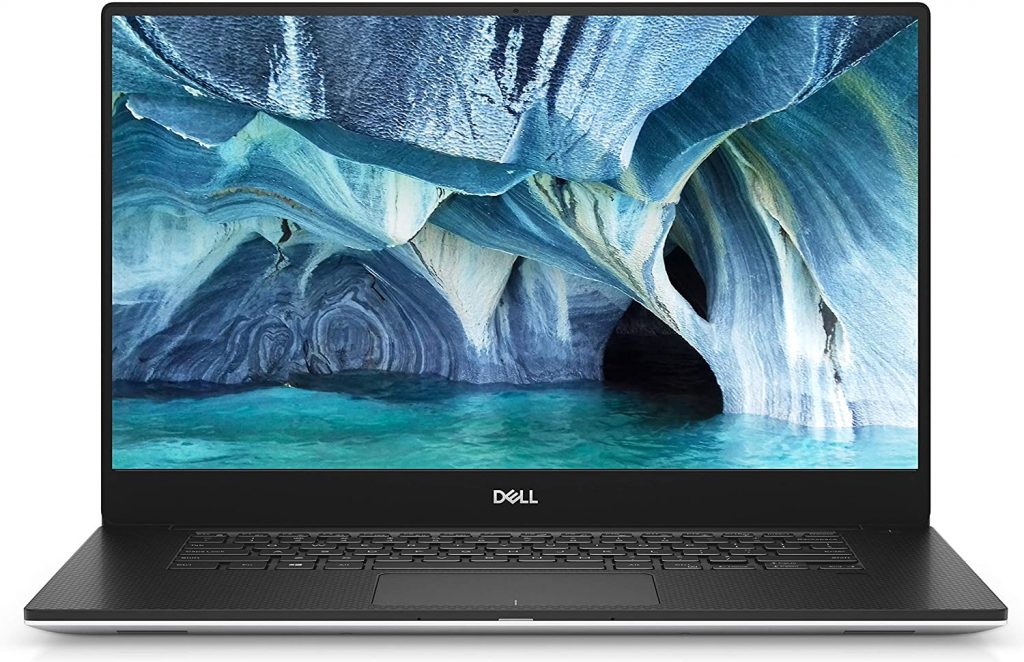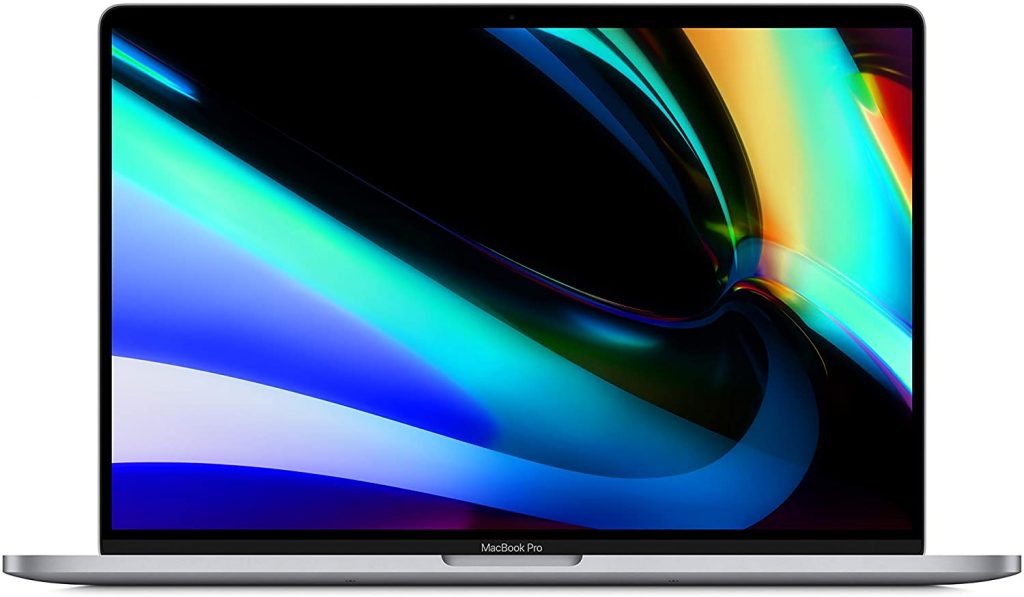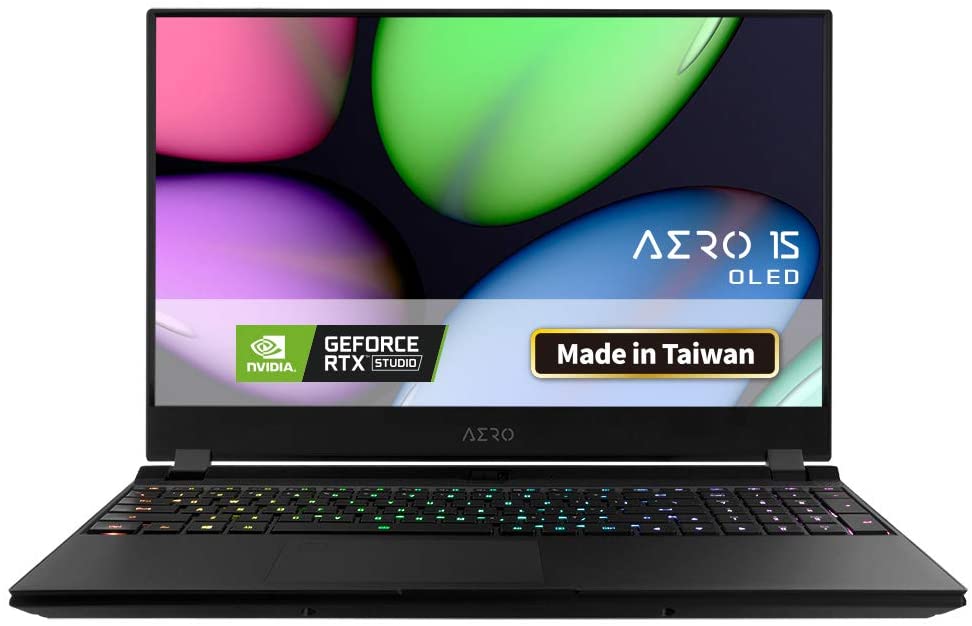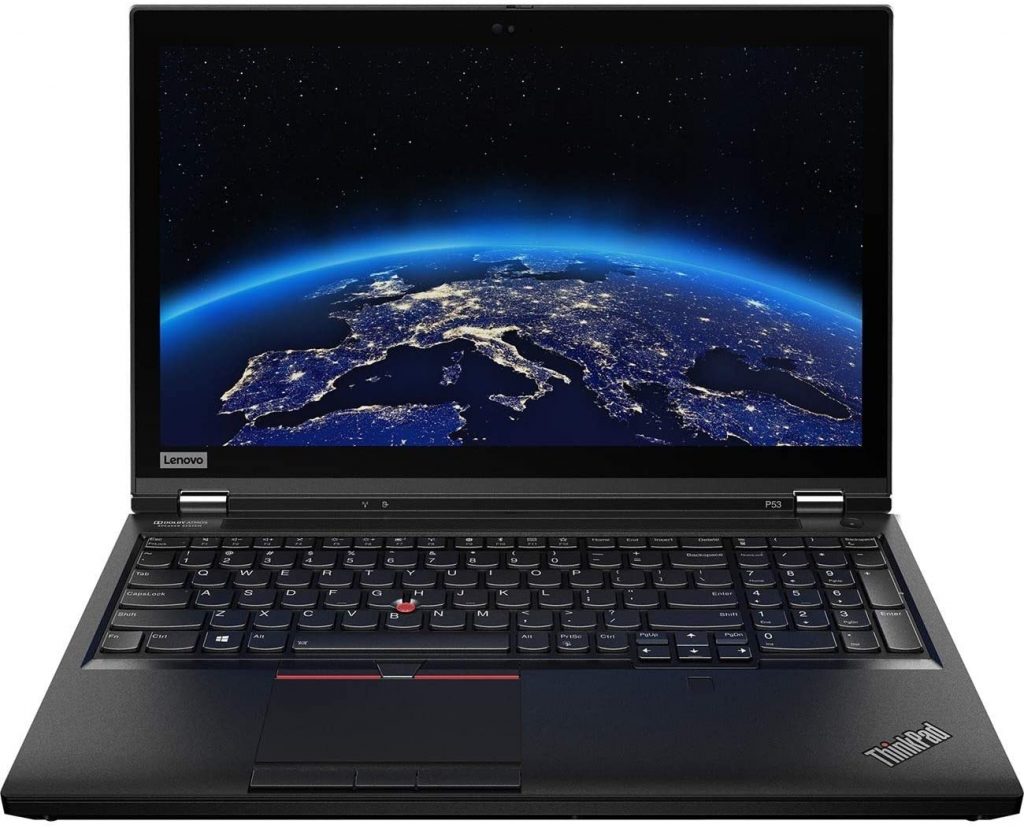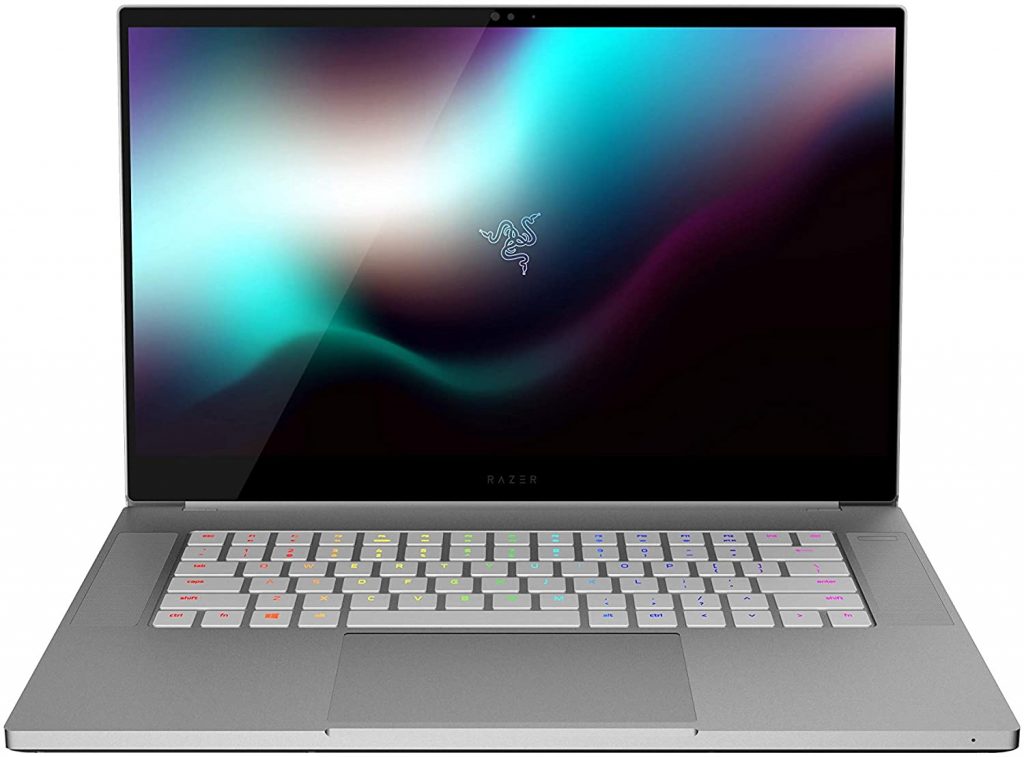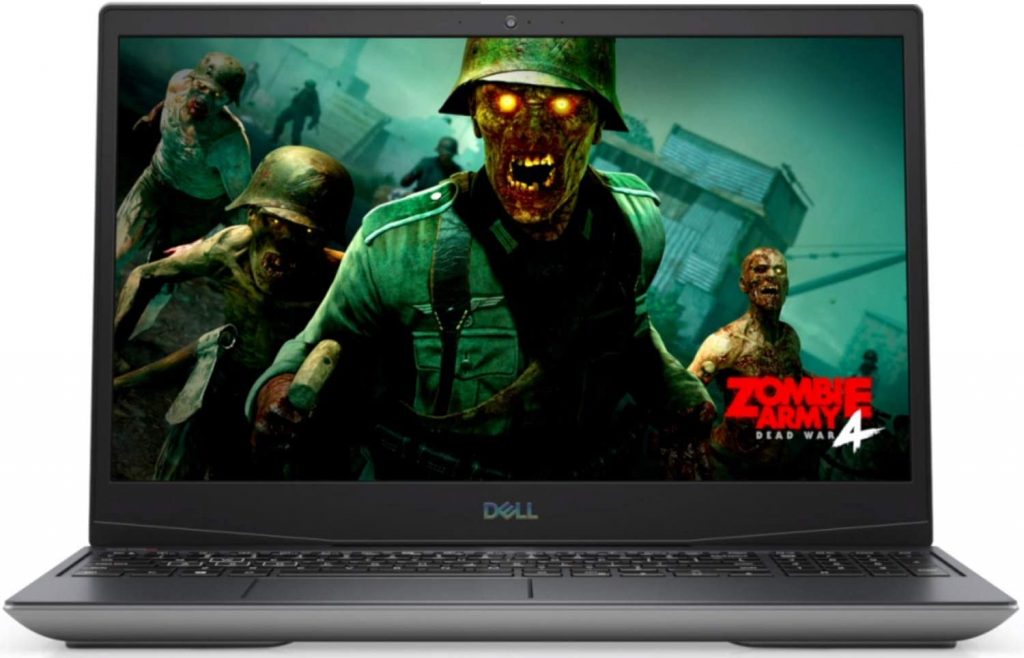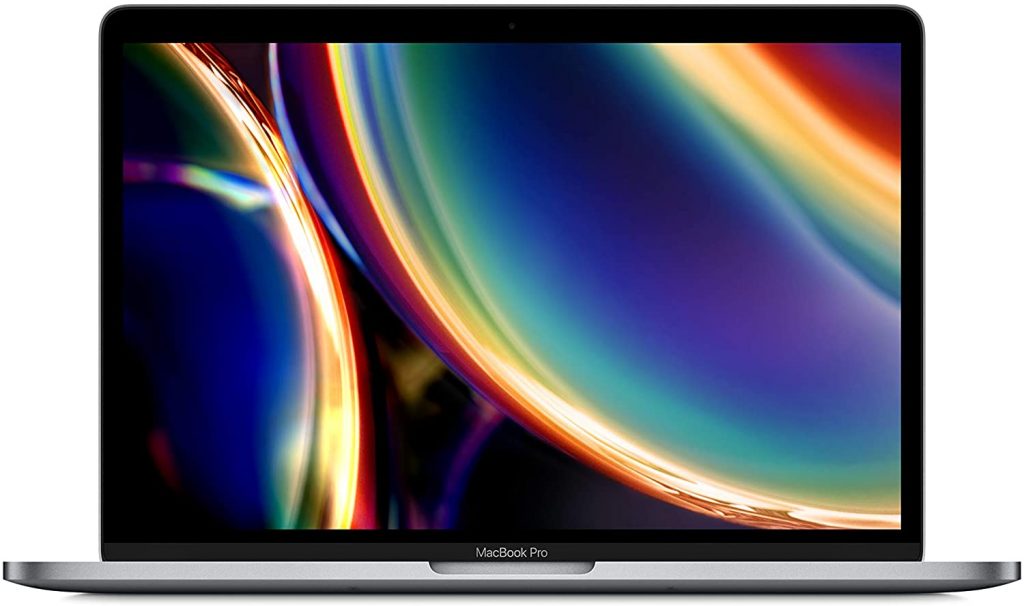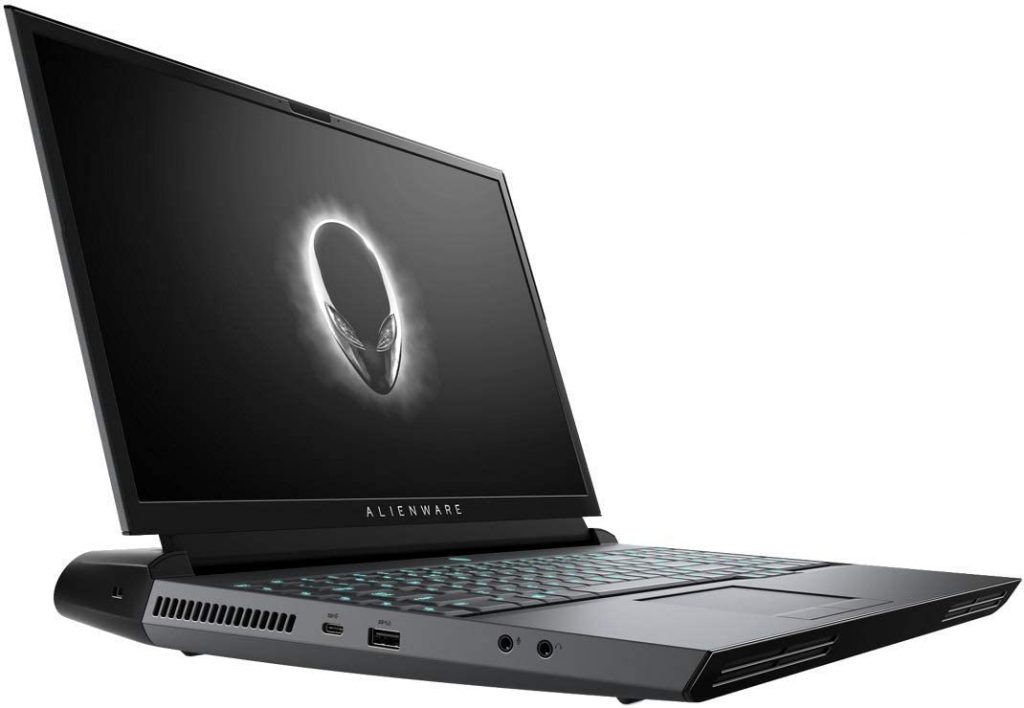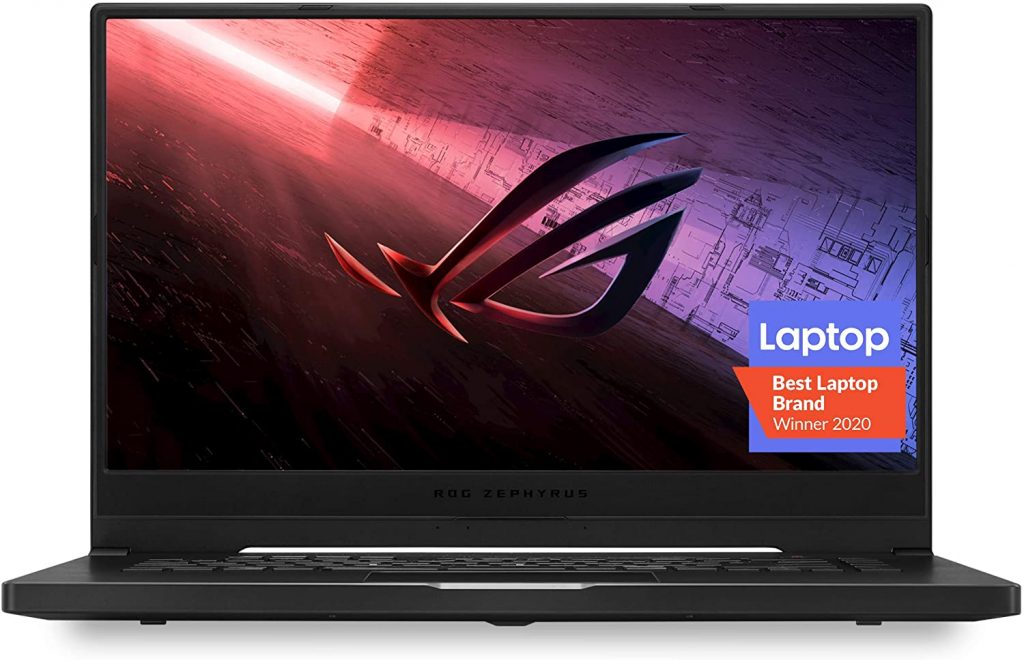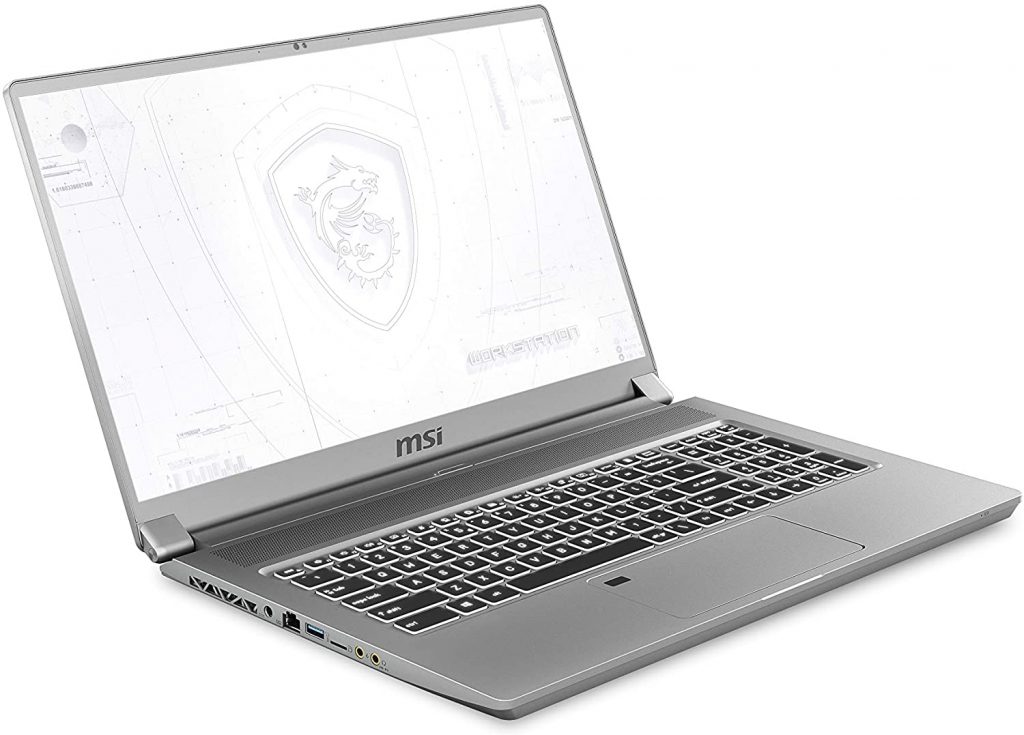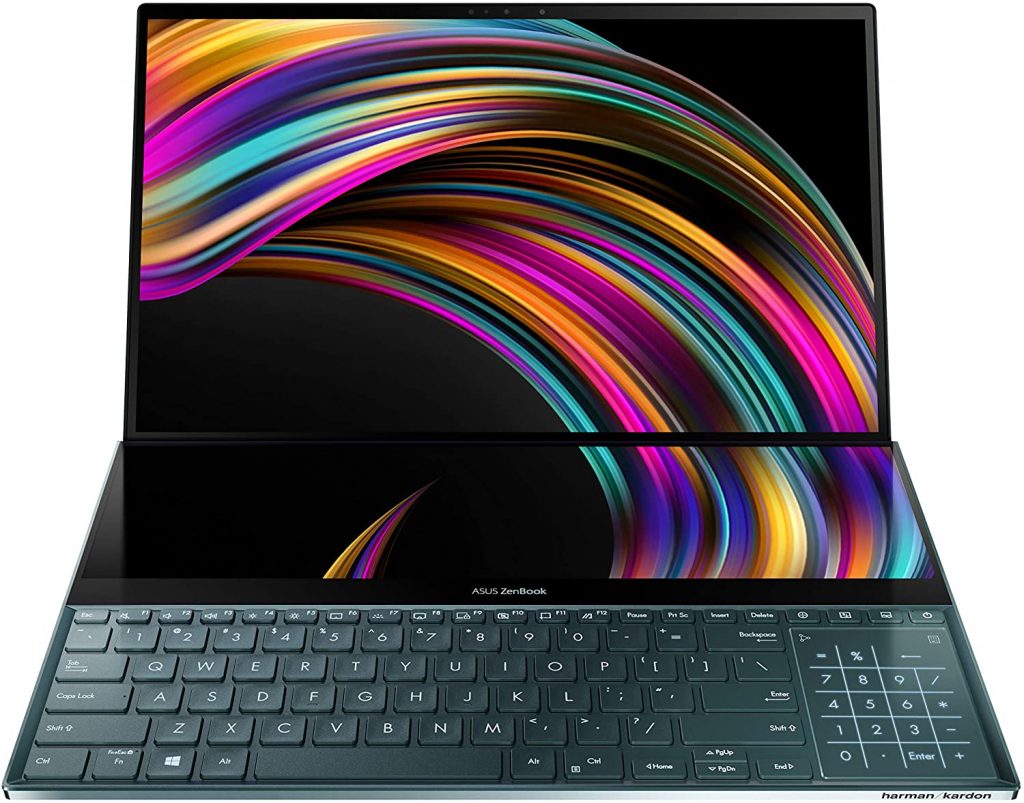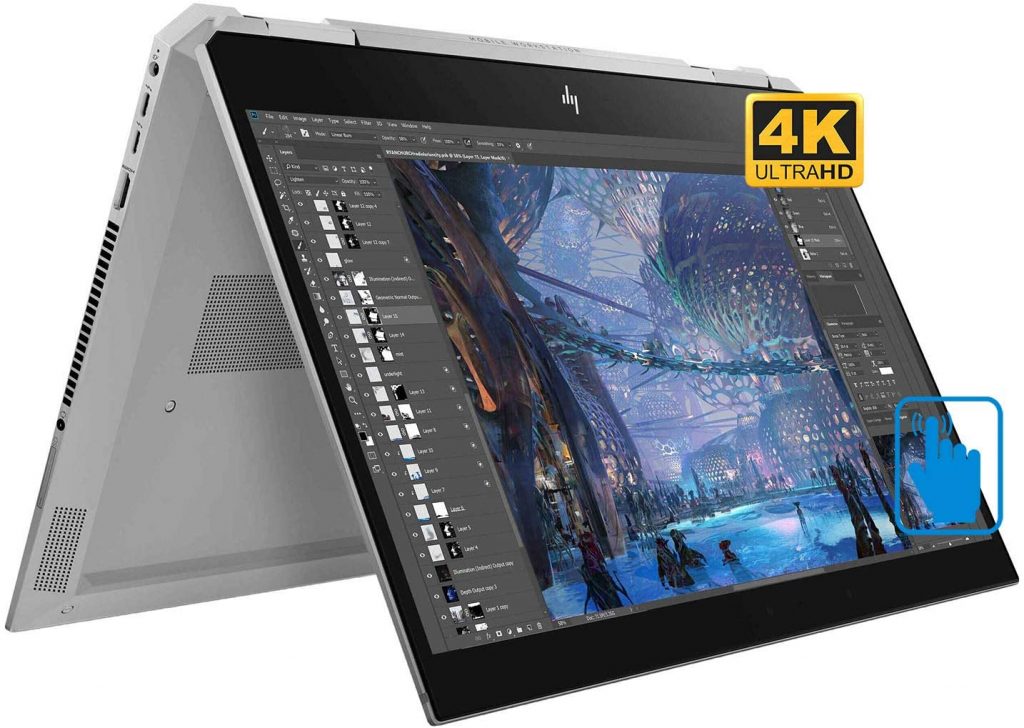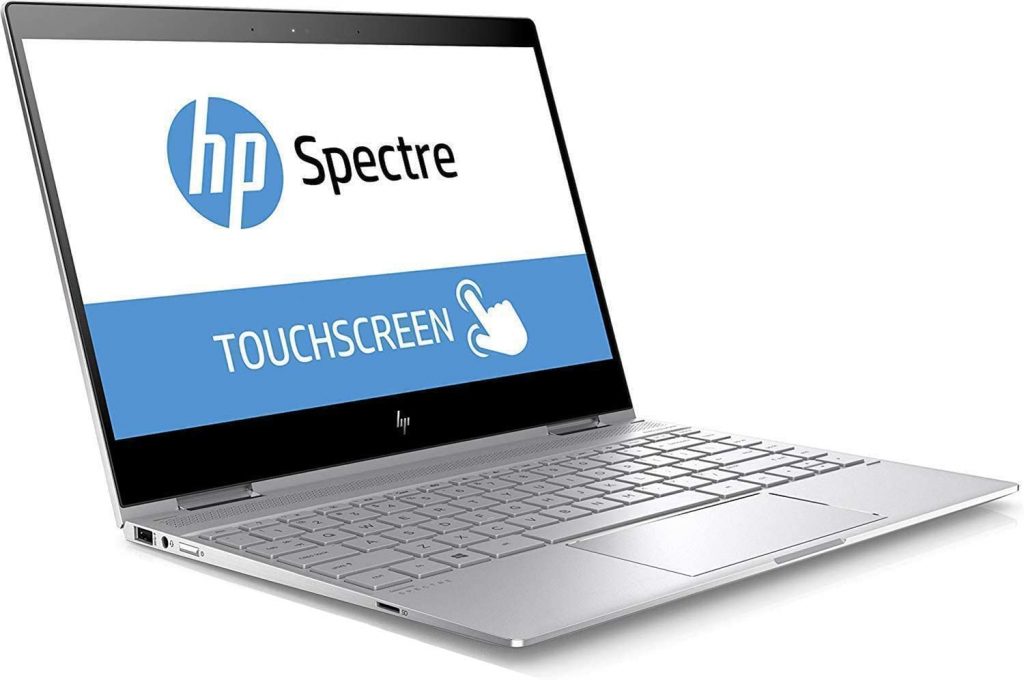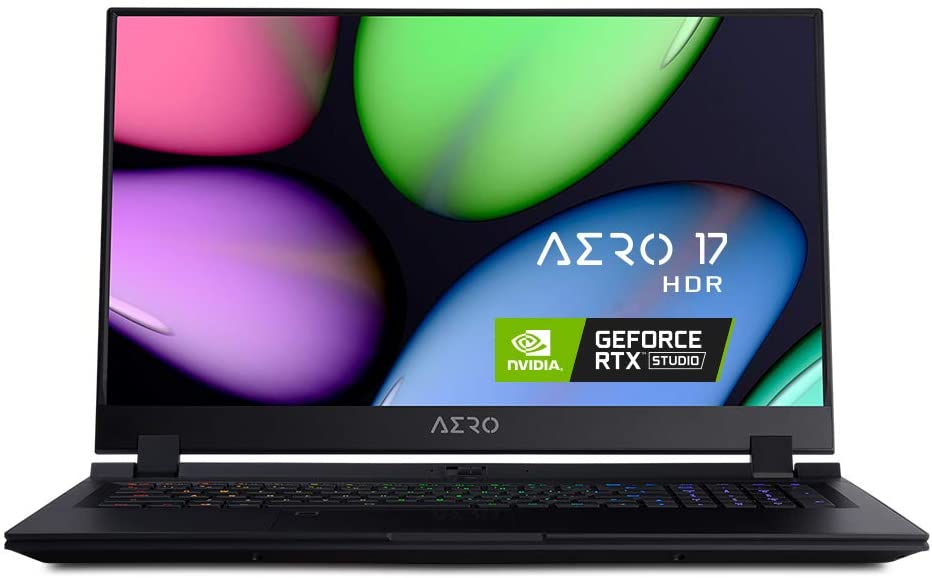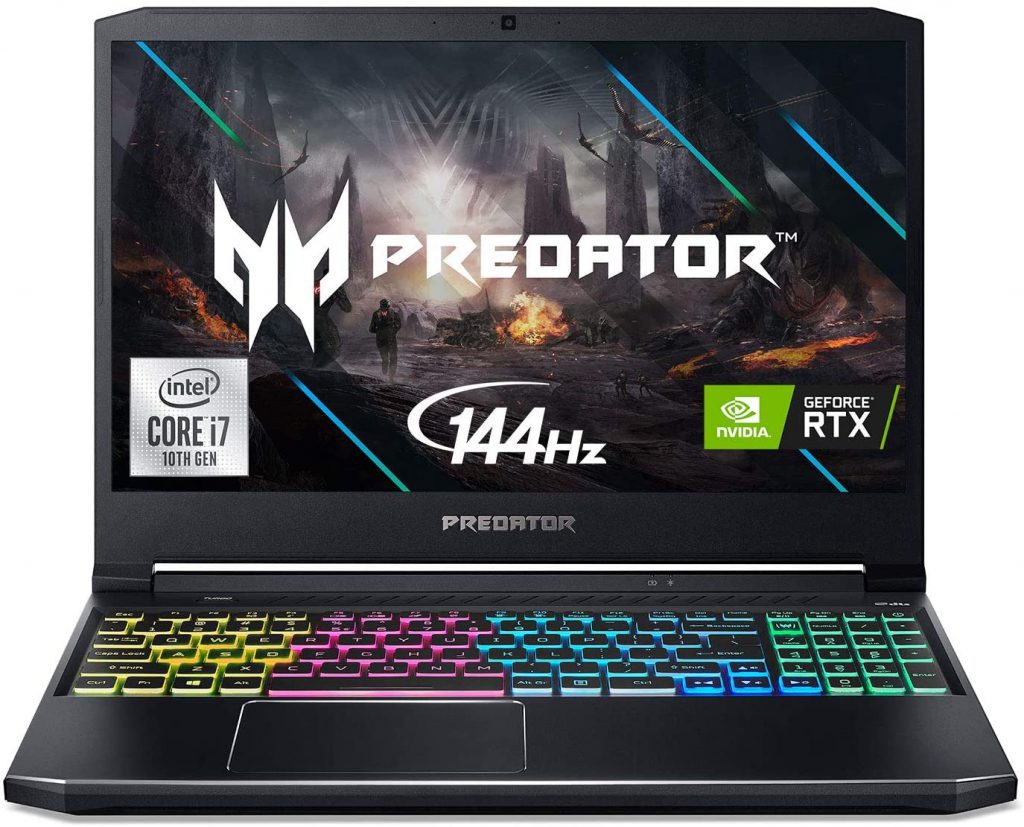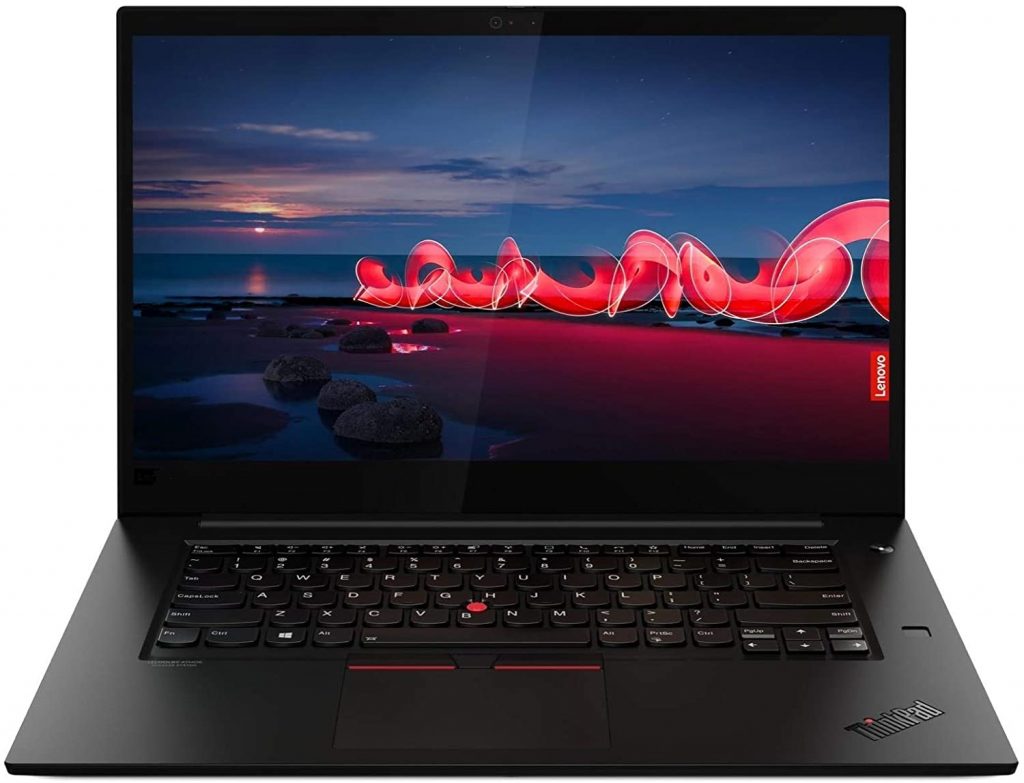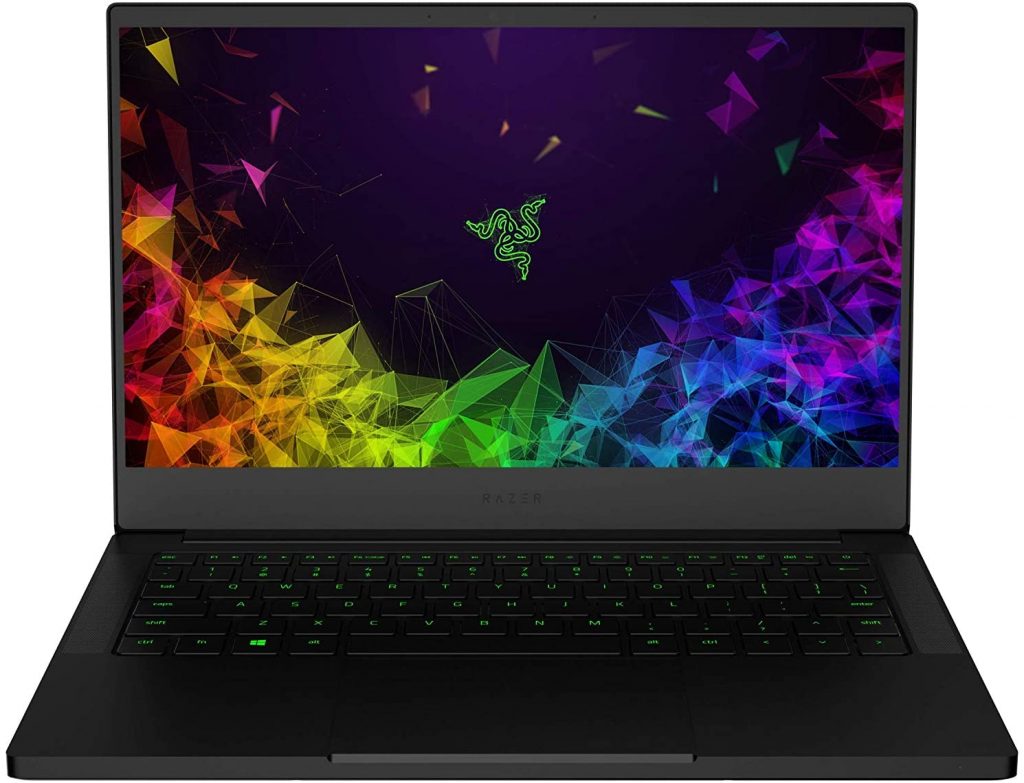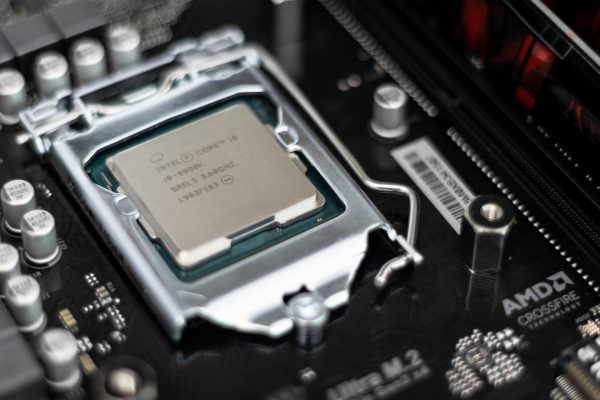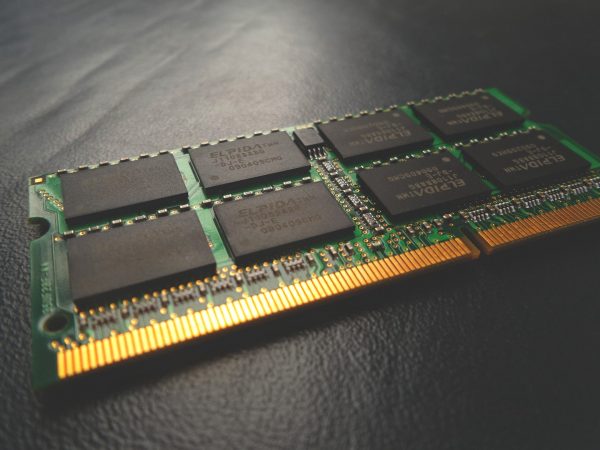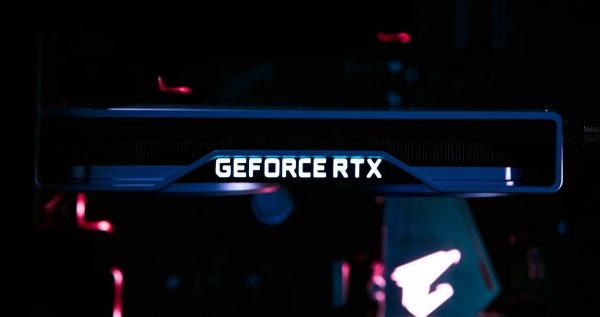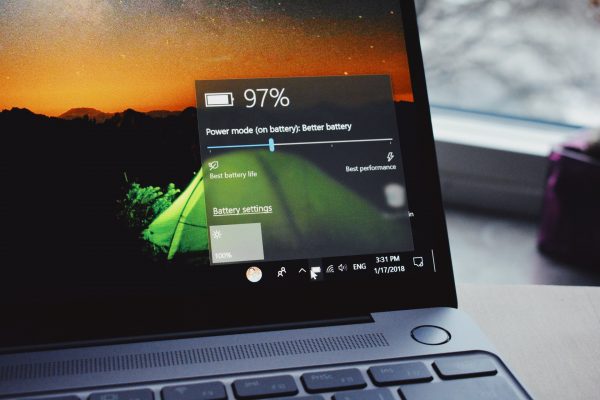Best Laptops for Video Editing
If you’re wondering which model you should go for, here are the top video-editing laptop models you can consider.
How to Choose the Best Laptop for Video Editing
Now that you have the list of the models you can consider, it’s time to know what you must look for in a video editing laptop. There are various features and components that make a laptop capable of editing videos, especially high-resolution ones. In fact, all video editing software has system requirements that include a powerful processor and a great memory. These factors are important as they will determine how well your laptop can perform several tasks. This 15.6-inch laptop also offers up to 32 GB of RAM, so editing full HD and even 4K footage will not be a problem. As for the storage, it boasts a 1 TB solid-state drive (SSD), which is enough to store the media files you would need. This video-editing laptop is ideal for color grading, thanks to its Pantone-validated 4K display that hits 100% of the Adobe RGB gamut. When it comes to ports, it offers a lot, with just one drawback — there is no SD card slot. Although it comes at a hefty price, it is worth its weight in specs. With all these components, there is no doubt that one should consider this the best laptop for video editing. It also has a 4K OLED screen with a 3840 x 2160 display that covers 100% of the Adobe RGB gamut, making it perfect for color grading. Compared to its 2019 version, this has better speakers allowing you to stream movies or watch your video output with glorious sounds. With these outstanding features, the Dell XPS 15 can still last long, thanks to its 6-cell 86Whr Integrated battery. It can perform more editing tasks without the video editing software slowing down. Some would find this expensive, but its gorgeous design and powerful performance would convince you it’s worth the price. The entry-level uses a six-core Intel Core i7 processor, whereas the higher-end features an eight-core Intel Core i9. The graphics card it uses, on the other hand, is AMD Radeon Pro 5300M for the base model and 5500M for the higher-end. Considering all these components, the Apple MacBook Pro 16-inch would definitely not disappoint. What it lacks is the other types of ports as it only has four USB Type-C ports and a headphone jack. While the Type-C ports support Thunderbolt 3, you would most likely need special adapters for other things you’d need for video editing. Despite this, one would still consider this MacBook Pro as the best laptop for video editing. It might be expensive, but it has the same price as that of its discontinued 15-inch model, making it a great deal. This video editing laptop uses an eight-core Intel Core i7 processor and an NVIDIA GeForce RTX 2070 graphics card. It also offers 16 GB of RAM and a storage of 512-GB SSD, though it would have been better if it’s more than that. You can enjoy a full array of ports as this offers USB 3.2 Type-A ports and a headphone or microphone jack. There is also a Thunderbolt 3 port and a UHS-II SD card reader, which allow you to transfer files faster. There are cooling fans available to prevent the laptop from overheating, but the fans may be audible. As for how long this video editing laptop can last, you can use it for up to eight hours, thanks to its 94Wh battery. It is worth noting that the given battery life may vary depending on your settings as well as the programs you use. When it comes to ports, this will provide you plenty. It has USB3.1 Type-A and Type-C ports, a headphone jack, Thunderbolt 3 ports, and even an SD card slot. There is also a SIM tray that will allow you to use mobile broadband while you’re on the go. The Lenovo ThinkPad P53 can last up to 13 hours, but you should note that this is not always accurate. With the performance that the maxed-out version can provide, it would be a great option to consider as the best laptop for video editing. It can get very expensive, though, so if you want to enjoy its best, you have to have a deep pocket. Aside from the powerful internals, it boasts its 4K touchscreen that doesn’t disappoint. It offers a 3840 x 2160 pixel OLED screen and provides coverage of the Adobe RGB and 100% of the DCI-P3 color gamut. These features would allow you to see a bright display with accurate colors, making it a great laptop for color correction. As for the ports, this offers a lot including a USB-C that supports Thunderbolt 3, memory card slot, and headphone jack. With its premium features and design, the Razer Blade 15 Studio Edition is not for everyone because of its price. Most people would find it expensive, but if you have the extra cash, this is something worth investing in. This 15.6-inch laptop has a Full HD resolution and is clocked at a 60Hz refresh rate on the base version and 144Hz on the higher-end model. It has several ports including USB 3.1 and 2.0 ports, a headphone jack, and an SD card slot. While this may be true, it lacks the Thunderbolt 3 port, which might make most users feel less excited. As for the battery, you can use the Dell G5 15 SE for several hours so you won’t have to keep it plugged in all the time. If you are to compare the MacBook Pro’s display with that of the MacBook Air, the former is better. It has a higher brightness level compared to MacBook Air, and it supports the P3 color gamut, providing more colors. This can help you better when editing videos and doing advanced tasks such as color grading. As for the internal components, the entry-level configuration uses the same processor as that of its 2019 version. It features 8th -eneration Intel Core i5 or i7 CPU, while the higher-end uses 10th-generation chips in either Core i5 or i7 variants. The higher-end version uses an integrated Intel Iris Plus GPU as part of the Core i5 CPU. It also comes with 16 GB of RAM and storage of 512 GB SSD that you can upgrade to 32 GB and 4 TB SSD, respectively. You should note, however, that the maxed-out configuration can double its cost. These crazy internal components can do it all, including editing high-res videos and even playing games. Its 17.3-inch screen with 1080p or 4K display is bright with 300 nits and can cover 100% of the Adobe RGB color gamut. These features would help the creative pros with editing videos that need color correcting. As for connectivity, you would find various ports including USB 3.1 ports, Thunderbolt 3 port, and headphone and microphone jacks. One great thing about this model is all its major components are upgradable as you can swap out the GPU and CPU. With the top-end model having a price of over $5000, you wouldn’t expect anything less from Alienware Area-51m. It can make a big dent in your wallet, sure, but its impressive performance and stunning aesthetics make up for it. This features a 15.6-inch Full HD display with a 165Hz refresh rate that lets you play sharper and smoother videos. It also offers 100% sRGB coverage, but its range is not as wide as those of other laptop units that provide more colors. When it comes to connectivity, the Asus ROG Zephyrus G15 offers a lot of ports. There are USB Type-A and Type-C ports, headphone jack, and microSD card slot. There is no Thunderbolt 3 port, though, which misses the opportunity to transfer files faster. This has an impressive 90Wh battery, allowing it to last longer even when you play games. It is also more affordable than the other models that offer the same specs, making it a great option. Built with an eight-core Intel Core i9 CPU with 32 GB of system memory, this can provide exceptional performance. This also boasts its NVIDIA Quadro RTX 4000 graphics card and storage of 1 TB SSD. These components are more than enough for those who want to edit high-res videos without their computer freezing. In fact, this is an ISV-certified system, which guarantees to enhance your experience with several creative apps. It also offers various ports so you can connect other essential devices you’ll use for video editing. There are USB Type-A ports, a USB Type-C port, headphone and microphone jacks, and a microSD card slot. It also has a Thunderbolt 3 port that offers connectivity with a speed you’ll need, especially when transferring files. As for its battery life, it can last for up to seven hours, but it still depends on your usage. Its entry-level 13.5-inch model uses a combination of a 10th-generation Intel Core i5 CPU and an Iris Plus Graphics. The mentioned version also offers 8 GB of system memory and 256 GB of SSD storage. On the other hand, the 15-inch model features upgraded components including a quad-core Intel Core i7 processor. It also has an NVIDIA GeForce GTX 1660 Ti GPU, 32 GB of RAM, and a storage of 512 GB SSD. You can also choose different components for the 15-inch version, such as the GPU and storage that can go up to 2 TB SSD. As for the processor, your options are only Core i5 and Core i7. Regardless of the configuration, you will have the same port selection for the Microsoft Surface Book 3. There are USB Type-C and Type-A ports, a 3.5mm headphone jack, and an SDXC card reader, however, Thunderbolt 3 is missing. It offers a 13.3-inch sharp and color-popping Retina Display that delivers a resolution of 2560 x 1600 pixels in a 16:10 aspect ratio. The entry-level model features Apple M1 with an eight-core processor and seven-core graphics card. This also comes with a system memory of 8 GB and a storage of 256 GB SSD. There’s a higher-end model that offers the same processor and memory, but with an added core in the GPU and twice the storage. This is also configurable to have 16 GB of RAM and up to 2 TB of SSD storage. Port-wise, there are not too many on this laptop as it only contains a headphone jack and two USB Type-C ports. These USB-C ports that support Thunderbolt 3 can be used for many purposes such as charging and transferring data. It is worth noting that it doesn’t have fans to stop it from overheating, so it prevents it by reducing the component’s performance. While this may be true, it is not as expensive as other laptops, which still makes it a great option. With its eight-core Intel Core i9 processor and 32 GB of RAM, there’s no doubt it will appeal to creative professionals. It also has an NVIDIA GeForce RTX 2060 graphics card and a 1 TB SSD storage. Its entry-level configuration, on the other hand, uses an Intel Core i7 processor and has only half of the higher-end model’s memory. Now, these components would require deep pockets, so you might have to take note of that. As for the physical connection, there are USB Type-A ports, a headphone jack, and a USB Type-C port that supports Thunderbolt 3. There is no SD card reader, though, which could be a disadvantage for those who’d transfer files from cameras to their computer. With its incredibly capable internals, one would consider the Asus ZenBook Pro Duo the best laptop for video editing. Not only does it have an impressive screen, but it also offers incredible components that most creative pros would go for. It is configurable to have an Intel Core i9 processor, a whopping 64 GB of RAM, and up to 4 TB of SSD storage. Combined with NVIDIA Quadro P1000 graphics, there are also other options with less powerful components. Its entry-level, for example, uses an Intel Core i5 with only 8 GB of system memory and 256 GB of SSD storage. You can also go with a little higher version that offers a Core i7 processor with twice the base model’s memory and storage. When it comes to ports, the HP ZBook Studio X360 offers plenty, including Thunderbolt 3 ports, headphone jack, and an SD card slot. It also comes with a SIM card slot, which would allow you to use mobile data when you’re on the go. With all these exceptional specs, you should prepare to pay more, especially with the higher-end options. Its higher-end configuration does not disappoint with an Intel Core i7 processor and NVIDIA GeForce GTX 1050 Ti graphics. It also offers 16 GB of RAM and storage that can go up to 1 TB SSD, allowing you to do more tasks. As for the ports, it features a USB Type-A and two Thunderbolt 3 ports, a headphone jack, and a microSD card slot. These features would allow you to transfer files a lot faster, helping you to be more efficient when editing. While the Spectre x360’s screen has a colorful and sharp display, it is not as bright as how it’s supposed to be. What makes up for it, aside from the incredible specs, is its battery life that can last longer than its competitor. It offers configurations with a 10th generation Intel Core i7 or i9 processor paired with RTX 3060, 3070, or 3080 graphics. Its system memory can also go up to 64 GB while the storage can go up to 2 TB SSD. With these components, it will provide a performance that would impress creative professionals. While this may be true, it can run hot in certain circumstances despite having twin fans and heat piping. The Aero 17 has a lot of ports including USB Type-A ports and a USB Type-C port with Thunderbolt 3 support. There are also separate headphone and microphone jacks, as well as an SD card slot. As for the power, it has a 99Wh battery, which is enough to run the hardware it offers. Compared to other laptop models that offer the same or less-powerful components, its price is more affordable. If you want to do some intense editing, you can also overclock the performance with a hit of its Turbo button. It also has a fan that you can turn up to prevent the device from overheating or turn it down to keep it quiet. It offers several ports including USB Type-A ports, an audio jack, and a USB Type-C port. While this may be true, it doesn’t offer a Thunderbolt 3 port and SD card slot, which would not please some creative professionals. Despite this, it is still a great option to consider because of its performance and comparatively affordable price. As for the graphics card, the Lenovo ThinkPad X1 Extreme comes with a discrete NVIDIA GeForce GTX 1050 Ti. You can have it with a memory of up to 64 GB and storage of up to 1 TB SSD depending on the configuration. These components would allow you to use your computer and edit videos without major hiccups. There are also several ports available including USB Type-A ports, an SD card reader, Thunderbolt 3 ports, and a headphone jack. While you would most likely use the headphone jack in video editing, you can also take advantage of its loud dual speakers. As for its power, the battery life is underwhelming as it doesn’t last long enough, especially with the 4K version. It is still worth considering, though, so if you have an extra budget, you can add this to your cart. The display is not the only commendable in this video editing laptop, as it also boasts powerful components. It features serious computing power in the form of an 11th generation Intel Core i7 quad-core processor. Combined with an NVIDIA GeForce GTX 1650 Ti graphics, 16 GB of RAM, and 512 GB of SSD storage, this one is incredible. You can also stay equipped with the connectivity it offers, which includes a 3.5mm headphone jack and USB-A ports. There are also two Thunderbolt 4 ports, which can be helpful to transfer gigantic files faster. It lacks an SD card slot, though, so you might want to take note of that. While you can use and install some video editing software on a more affordable laptop, it’s almost impossible to edit seamlessly. Your laptop can crash every time you make an edit and can sometimes leave you with no choice but to restart your computer. With this said, consider the following factors, so you’d end up picking the best laptop for video editing.
CPU
Considered as a video editing laptop’s foundation, this component is one of the determining factors of its performance. The CPU (central processing unit) affects how fast your laptop can perform and accomplish certain video editing tasks. Most, if not all modern video editing software, take advantage of multiple CPU cores as well as hyperthreading. Having more cores and support for hyperthreading would allow your laptop to perform faster and better. Without a fast CPU, multiple editing tasks can overwhelm it and can cause it to run slow, regardless of other components. When choosing the best laptop for video editing, you should consider getting the one with at least a 6-core CPU. Those laptops with 9th or 10th generation Intel i5, i7, or i9 provide plenty of power as well as AMD Ryzen 5 3600. It is worth noting that laptops with these kinds of processors do not come cheap. You should also note that it does not guarantee a seamless video editing experience, as there are other factors to consider.
Memory
Aside from the processor, another key engine of video editing is the main system memory of your computer. Of course, you’ll need a place to store your temporary files as you start editing, especially when you’re working with animations. The RAM will also help you have a better playback as its main role when video editing is to cache preview files. Your RAM must meet the requirements of the video editing software and the media files you use. With this said, you will need a larger RAM to keep the programs running smoothly, especially when editing high-res videos. The base requirement of most editing software today is 8 GB of RAM, but most would recommend at least 16 GB. A video editing laptop with 16 GB of RAM is good enough to edit HD up to 4K videos, even with programs running in the background. You can order creator-class laptops that offer 32 GB of RAM or even more if you don’t find 16 GB enough for you. While this may be true, it comes with a great price so you might as well invest your money in a laptop with a faster CPU.
GPU
This might surprise you, but when it comes to video editing, you don’t necessarily need a powerful GPU. While the graphics card, or some call a video card, can make your software more responsive, you won’t need a powerful one. Most non-gaming laptops don’t have separate graphics and instead have integrated graphics, which means a GPU built into the CPU. This can be a problem for gaming computers, but it can still function well for video editing. While this may be true, some video editing suites take advantage of a powerful graphics card to improve encoding and rendering. One great example is Final Cut Pro X, which can make its video-encoding process faster using a separate GPU. Blackmagic’s DaVinci Resolve, on the other hand, is software that relies more on a powerful GPU rather than CPU. With this said, when deciding on the graphics card of the best laptop for video editing, you should also consider the software you’re going to use. As far as graphics cards are concerned, NVIDIA’s CUDA acceleration used to have an advantage. But it now has a competition with AMD’s OpenCL, which provides the same performance for supported editing software. While Adobe Premiere Pro and DaVinci Resolve support both NVIDIA and AMD, Premiere works better with NVIDIA. Something worth noting: if you’re going to use your laptop for gaming aside from video editing, invest in a model with a higher-end graphics card.
Storage
When it comes to storage, video demands more space as it contains a lot of information including audio, visuals, metadata, and more. Now, with the arrival of high-resolution videos such as 4K and even 8K, your laptop will need a larger capacity. With this said, if you’re going to edit videos, prepare to have a storage that can hold the files you’re going to edit. As most would recommend, your hard drive capacity should be at least twice as much the size of your source files. It should even be more, ideally three times greater, if you’re going to apply some special effects to your video project. Aside from the source files, you should also think of the space needed for the video output, which may or may not take a lot of room. The good thing about storage is you can use an external hard drive so you won’t have to depend only on what your laptop has. It will help maximize the storage capacity without having to spend so much, making it a great alternative. You can choose between the standard hard disk drive (HDD) or the faster solid-state drive (SSD). While the latter is faster in all areas, especially when copying and moving files, it is more expensive than the former.
Screen
When picking the best laptop for video editing, you must consider the screen size, resolution, and color display. These are all contributing factors that can give you the best experience and great output quality. With screen size, having a bigger one is better, especially that most video editing suites split the screen into quadrants. A larger screen can make a better workspace that can fit the panels well, allowing you to edit comfortably. The screen resolution and color-accurate display, on the other hand, can affect the video quality. When your video files are in 4K or higher, you should have a screen with the same resolution. Otherwise, you cannot edit your footage with the same resolution it has. You can still export the file with its original resolution, though, as long as the video editing software can support it. The color accuracy of the display comes in handy when you do some advanced editing tasks such as shading and color grading. Of course, if your screen does not display accurate colors, the color edits you apply would appear different on other devices. It is crucial since colors highly affect the tone of the video, especially if it’s a short film or video project in school. There are also meanings within the colors, so getting a laptop with a color-accurate screen is a must.
Battery Life
Another component to consider when choosing the best laptop for video editing is battery life. When you’re editing, the activity takes so much power that you would have your laptop plugged in most of the time. This would assure you that it will not shut down while you’re in the process of editing. While this may be true, it defeats the purpose of having a laptop instead of a desktop. Most, if not all people buy it because you can carry it around and not only keep it on your desk. If there comes a time where you must edit while on the road, having a reliable battery would definitely help you. Regardless of how powerful your processor or how large your RAM is, if your battery runs out while you’re nowhere near power, it’s over. You must seek the ones with long-lasting batteries, but you should note that the claimed battery life is not always accurate. It is safe to assume that you will get less than one or two hours than the claimed battery life and even less when using heavy programs. If your battery is removable, you might also consider buying an extra so you can easily replace it when it runs out.
Connectivity
Most powerful laptops today aim to have a weight that will not be too heavy for the users to carry. With this, the laptops tend to have a thinner build to be lighter, which may affect the number and types of ports available. If this is the case, you must choose the best laptop for video editing with at least one Thunderbolt 3. A Thunderbolt 3 allows you to transfer data at up to 40 Gbps, which is twice as fast as what a USB-C port can do. It can also open a lot of capabilities such as connecting to external graphics cards, letting you have excellent rendering power. It will also allow you to connect to external displays as well as USB peripherals, including an external mouse and keyboard. Another connectivity to consider is a full-size SD card slot, which you can also use when importing footage from your camera. With this, you wouldn’t have to use dongles or adapters, allowing you to carry less when you’re on the go. You must also not forget an audio port to connect your earphones, especially when you’re working in a public space. With your earphones, you could clearly hear the audio from your project so it would be easier for you to edit out unnecessary noise.
Can the Best Laptop for Video Editing be Used for Gaming?
The short answer to this question is yes, but certain factors would limit your experience. If you’re both a gamer and an editor, choosing a laptop can be challenging as there are components to consider. Since you already know the video editing laptop requirements, you also have to learn the requirements of a gaming laptop. The functions of the components on the best video editing laptop are the same as that of a gaming laptop. While this may be true, the best gaming laptop models need a powerful GPU rather than a high-end CPU. GPU is the most crucial consideration when choosing a gaming computer as it enhances video and graphics performance. It is responsible for rendering the images, scenes, and animations as well as processing 2D and 3D graphics. There are still tasks that the CPU can perform better, but most games are heavily reliant on the GPU. Since the best laptop for video editing relies more on the CPU, its GPU doesn’t have to be powerful. With this said, if you’ll try to use it for gaming, expect it to not perform as well as a gaming laptop. The same goes for when you buy a gaming laptop and use it for video editing as it would introduce freezing and slow rendering. There are laptop models from this list, though, that you can also use for gaming with their powerful GPU. You should note, however, that it may affect some other components, especially the battery. It can also be very expensive so you’ll need deep pockets.
Is the Best Laptop for Video Editing Worth Buying?
While most video editing laptops cost more compared to budget laptops, it is definitely worth buying one. Getting the best laptop for video editing is a must if you want to pursue a career as a video editor. If you want to start up a vlog and start editing your videos, having great equipment will also help you. Not only will it allow you to be efficient, but it will also help you have outputs with the best quality. Without a laptop that offers significant components, you will most likely not have a smooth video editing experience. While a more affordable laptop lets you edit videos, some features of the video editing software may take more time to load. The software may even become unresponsive or crash more frequently, which can waste not only your time but also your effort. With this said, if you want to edit an HD, 4K, or even 8K video without any trouble, expect to pay more than usual. You don’t want to wait for a few minutes every time you apply a special effect or make an edit, do you? You must not let your laptop’s performance hold you back from being the creative video editor you aspire to be. Consider investing in the best laptop for video editing because you’ll soon see how it contributes to your growth.
